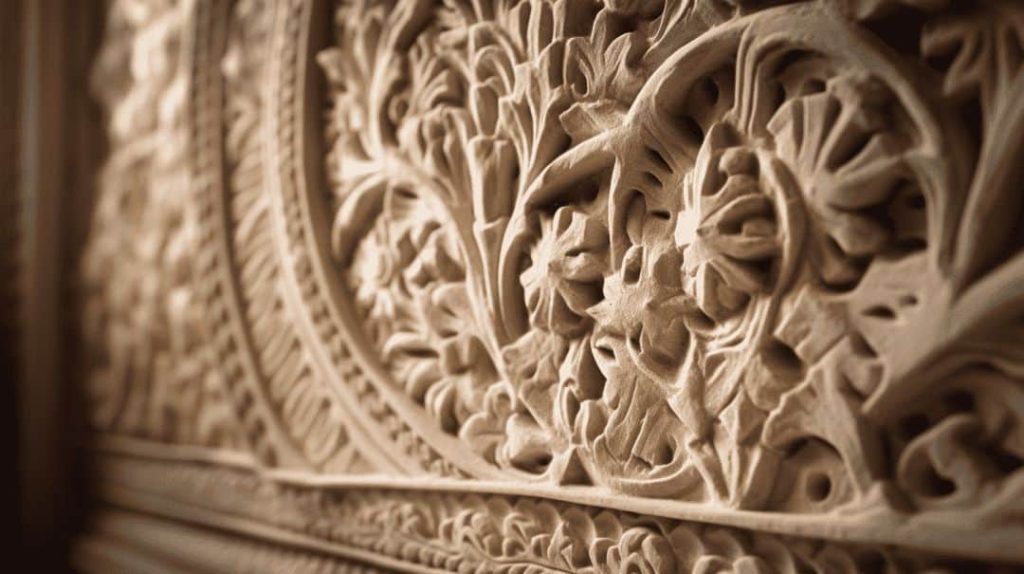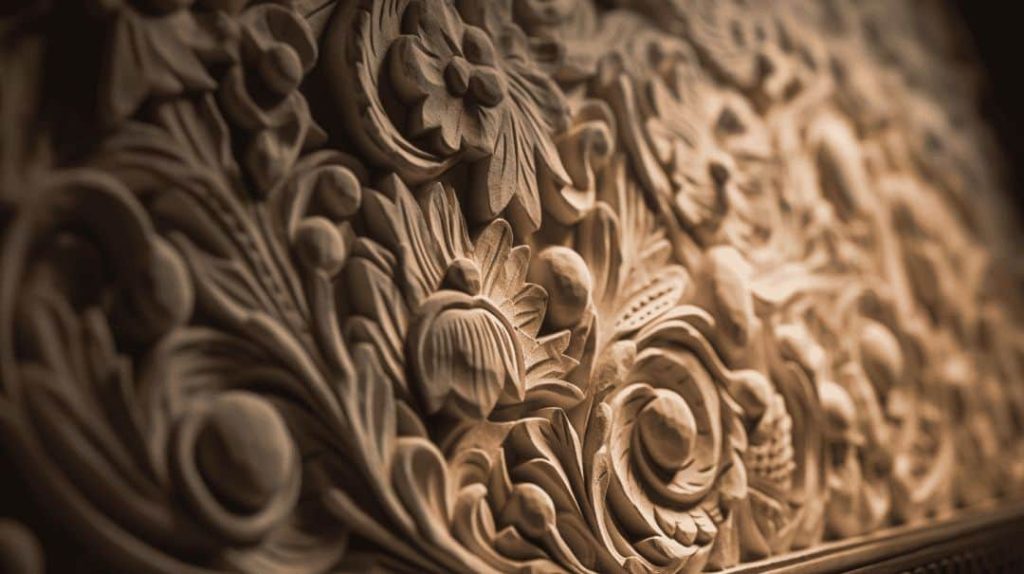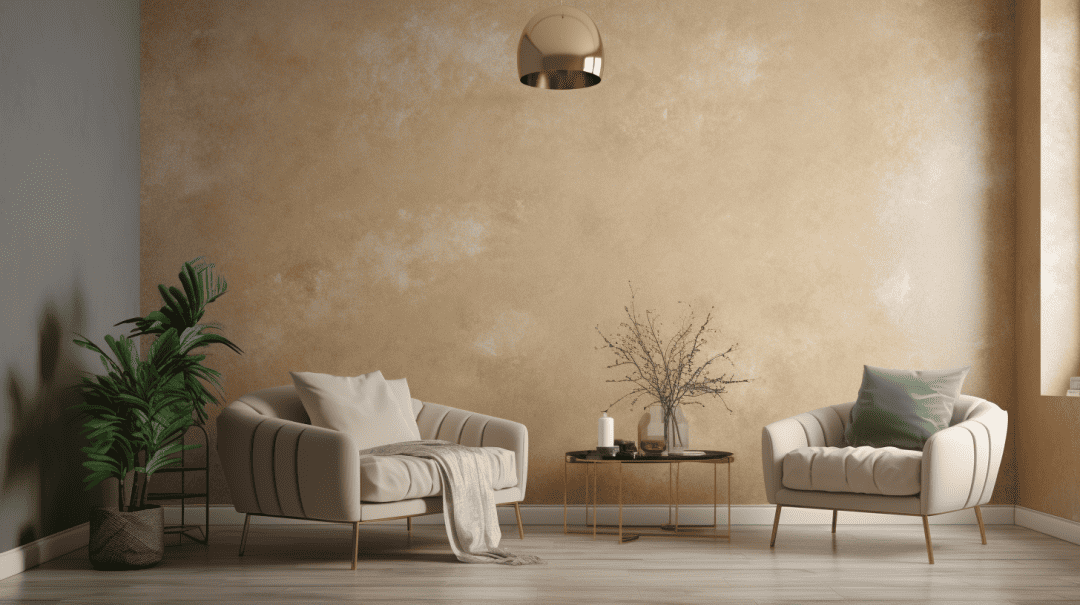The Role of Gypsum Plaster in Modern Interior Plastering Techniques

Key Takeaway:
- The Rise of Gypsum Plaster: Gypsum plaster has gained popularity in modern interior plastering techniques due to its numerous benefits and versatility. It offers improved workability, faster drying times, and superior fire resistance compared to traditional plastering materials.
- Understanding Gypsum Plaster: Gypsum plaster is a white mineral powder made from gypsum, a naturally occurring soft sulfate mineral. It is mixed with water to form a paste that can be applied to walls and ceilings, providing a smooth and durable finish.
- Properties and Advantages of Gypsum Plaster: Gypsum plaster offers a range of desirable properties, including excellent adhesion, sound insulation, and mold resistance. It also allows for easy repair and modification, making it a popular choice for interior renovations.
Introduction
Gypsum plaster plays a pivotal role in modern interior plastering techniques. Its usage is widespread due to its numerous benefits. Being a versatile material, gypsum plaster offers excellent fire resistance, sound insulation, and durability. Moreover, it provides a smooth and seamless finish, making it ideal for enhancing the aesthetic appeal of interior spaces. Additionally, gypsum plaster is environmentally friendly, as it is made from natural gypsum and does not require high-energy consumption during the manufacturing process. These unique advantages make gypsum plaster a top choice for interior plastering in contemporary construction projects. A Pro Tip is to ensure proper mixing and application techniques to achieve the best results.
The Rise of Gypsum Plaster
The Emergence of Gypsum Plaster in Modern Interior Plastering Techniques Gypsum plaster has experienced a significant surge in popularity within the realm of modern interior plastering techniques. This resurgence can be attributed to its numerous advantages and unique properties. Gypsum plaster, distinguished by its versatility and durability, has become a preferred choice for interior designers and architects alike. With its exceptional fire resistance and soundproofing qualities, gypsum plaster offers a safe and peaceful environment. Its ability to regulate humidity levels makes it ideal for spaces prone to moisture, such as bathrooms and kitchens. Moreover, gypsum plaster’s ease of application allows for seamless finishes, giving a smooth and refined appearance to any interior space. Not only does gypsum plaster possess remarkable functional properties, but it also enhances the aesthetic appeal of interior designs. Its smooth texture provides a clean canvas for decorative finishes, accentuating the beauty and elegance of the space. Additionally, gypsum plaster can be easily molded into various shapes and designs, giving designers the freedom to experiment and create unique architectural features. Incorporating gypsum plaster into your interior plastering projects is not only a wise choice but also an opportunity to stay ahead of the curve. As the trend towards sustainable and eco-friendly construction practices continues to grow, gypsum plaster is proving to be an environmentally responsible alternative. By choosing gypsum plaster, you contribute to reducing carbon emissions associated with traditional plastering materials.Understanding Gypsum Plaster
Gypsum Plaster serves a crucial role in modern interior plastering techniques. It is essential to comprehend the characteristics and applications of this material. Gypsum Plaster, a key component, is widely used for its unique properties and versatility. Its understanding allows for efficient and effective plastering, ensuring a high-quality finish and long-lasting results.
With its exceptional fire-resistant and soundproofing capabilities, gypsum plaster is commonly utilized in various construction projects. It provides excellent insulation and helps create smooth, even surfaces. Moreover, its ability to absorb moisture makes it suitable for application in damp areas such as bathrooms and kitchens. Being an eco-friendly material, gypsum plaster also contributes to sustainable building practices.
To delve further into the significance of gypsum plaster, its historical context sheds light on its longevity and relevance throughout the years. This mineral-based plaster has been used for centuries, dating back to ancient civilizations. Its durability and inherent fire-resistant properties have made it a popular choice for architectural and decorative purposes.
Storage and Shelf Life of Gypsum Plaster

Gypsum Plaster Storage and Shelf Life:
Gypsum plaster, an essential component of modern interior plastering techniques, requires proper storage and maintenance for optimal performance. The storage conditions play a crucial role in extending the shelf life of gypsum plaster and ensuring its usability. Additionally, understanding the impact of environmental factors such as temperature and humidity is vital to maintaining the quality of the plaster.
To ensure the longevity of gypsum plaster, it is recommended to store it in a dry and well-ventilated area. Moisture can compromise the integrity of the plaster, leading to reduced effectiveness and potential mold growth. Additionally, exposure to direct sunlight should be avoided as it may cause discoloration and degradation.
Furthermore, it is crucial to seal the packaging tightly after each use to prevent air and moisture from entering. This ensures that the gypsum plaster remains in its optimal form for an extended period. Regularly inspecting the packaging for any damages or signs of moisture infiltration is also recommended.
Proper handling and storage of the plaster can significantly extend its shelf life. It is important to keep the bags or containers in an upright position to prevent any accidental spills or damage. Additionally, storing gypsum plaster away from chemicals or substances that may react with it is essential to maintain its integrity.
Application and Thickness of Gypsum Plaster
Gypsum plaster is commonly used in modern interior plastering techniques due to its versatile application and ability to achieve the desired thickness. It is important to understand the proper application and recommended thickness to ensure a successful plastering project.
To provide a clear understanding of the application and thickness of gypsum plaster, a table can be created to present the relevant information:
| Application | Recommended Thickness |
|---|---|
| Walls | 10-15mm |
| Ceilings | 8-12mm |
| Cornices | 5-10mm |
| Architraves | 5-10mm |
By following these recommendations, the gypsum plaster can be applied efficiently to different surfaces, resulting in a smooth and even finish.
In addition to the application and thickness recommendations, it is important to note that gypsum plaster provides excellent fire resistance and sound insulation properties. This makes it a popular choice for interior walls and ceilings, especially in areas where fire safety and noise reduction are important considerations.
To ensure the best results, it is recommended to hire a professional plasterer who has experience in working with gypsum plaster. They will have the knowledge and skills to properly apply the plaster and achieve the desired thickness, resulting in a high-quality finish.
Don’t miss out on the benefits of using gypsum plaster for your interior plastering needs. Hire a professional plasterer today and enjoy the advantages of this versatile material in creating a beautiful and functional interior space.
Types of Gypsum Plaster

| Type of Gypsum Plaster | Composition | Application |
|---|---|---|
| Type X Gypsum Plaster | Enhanced fire resistance | Used in fire-rated assemblies, such as walls and ceilings in commercial buildings |
| Basecoat Gypsum Plaster | Standard gypsum formula | Applied as a base layer for smooth walls and ceilings |
| Veneer Finish Plaster | Consists of lime and gypsum | Used for achieving a smooth and decorative finish on walls and ceilings |
- Understand the specific requirements of your project: Different types of gypsum plaster are suitable for different applications, so it is crucial to assess the project’s needs and select the appropriate type accordingly.
- Follow manufacturer guidelines: Manufacturers provide specific instructions for mixing, application, and drying times. Adhering to these guidelines ensures optimal performance and longevity.
- Consider environmental factors: Factors such as temperature and humidity can affect the drying and curing process of gypsum plaster. Take these considerations into account to achieve the desired results.
Properties and Advantages of Gypsum Plaster
Gypsum plaster exhibits several desirable characteristics and benefits in modern interior plastering techniques.
- Excellent fire resistance: Gypsum plaster is a non-combustible material, making it an ideal choice for fire-rated walls and ceilings.
- Easy workability: This plaster has a smooth and creamy consistency, allowing it to be easily spread and leveled, resulting in a seamless finish.
- Superior sound insulation: Gypsum plaster effectively reduces noise transmission, providing a quieter and more comfortable indoor environment.
- Moisture resistance: Unlike traditional plasters, gypsum plaster has inherent moisture-resistant properties, preventing damage caused by water infiltration.
- Durable and strong: Gypsum plaster offers high strength and durability, ensuring the longevity of the plastered surfaces.
- Versatile applications: This plaster can be used on a variety of surfaces, including concrete, bricks, drywalls, and metal frames, enabling its use in various construction projects.
In addition to these properties and advantages, gypsum plaster also contributes to healthier indoor air quality by absorbing and controlling humidity levels. It can also be easily repaired, allowing for convenient maintenance.
Pro Tip: To enhance the performance of gypsum plaster, consider adding additives or admixtures designed specifically for gypsum-based materials.
Conclusion
The role of gypsum plaster in modern interior plastering techniques can be summarized as follows. Gypsum plaster offers excellent fire resistance, soundproofing properties, and durability, making it an ideal choice for interior walls. It provides a smooth and seamless finish, reducing the need for extensive surface preparation. Additionally, gypsum plaster is environmentally friendly and easy to work with, saving time and labor costs. Considering these benefits, gypsum plaster is a highly recommended option for modern interior plastering projects. To further enhance the plastering process, it is suggested to properly mix and apply gypsum plaster according to manufacturer guidelines. This ensures optimum performance and longevity of the plaster. Additionally, using compatible primers and finishing coats can improve the overall appearance and durability of the plastered surface. Regular maintenance and repair of any cracks or damages will also preserve the integrity of the gypsum plaster over time. By adhering to these suggestions, contractors and homeowners can achieve outstanding results when using gypsum plaster for interior plastering.Five Facts About The Role of Gypsum Plaster in Modern Interior Plastering Techniques:
- ✅ Gypsum plaster is a widely used finishing material in modern interior plastering techniques. (Source: Team Research)
- ✅ Gypsum plaster acts as a protective cover for bricks and stones, safeguarding them from rain and wind. (Source: Team Research)
- ✅ Compared to lime and cement plasters, gypsum plaster has gained popularity due to its excellent properties and durability. (Source: Team Research)
- ✅ Gypsum plaster is easy to apply and requires less skilled manpower than traditional cement mortar. (Source: Team Research)
- ✅ Gypsum plaster provides a smooth interior finish, making it an ideal base for high-quality paints and wallpaper finishes. (Source: Team Research)
FAQs about The Role Of Gypsum Plaster In Modern Interior Plastering Techniques
1. What is gypsum plaster and how is it used in modern interior plastering techniques?
Gypsum plaster is a white cementing material made from the mineral gypsum. It is used to create a smooth surface on block, brick, or concrete walls. It is easy to apply and provides excellent acoustic and thermal properties, making it a popular choice in modern interior design.
2. How does gypsum plaster compare to other types of plaster, such as lime and cement?
Gypsum plaster has gained popularity in recent decades and has largely replaced lime and cement plasters. It offers advantages such as being easy to apply, requiring less skilled manpower, and providing a smooth finish. It also has excellent durability and performance, as evidenced by its use in ancient Egyptian pyramids.
3. What are the advantages of using gypsum plaster in interior plastering?
Some advantages of gypsum plaster include its time-saving application process, its non-shrinking and crack-resistant properties, its non-combustible nature, and its ability to protect metal fittings from rusting. It also has low thermal conductivity, providing energy and power-saving benefits.
4. Can gypsum plaster be used on both smooth and rough surfaces?
Yes, gypsum plaster can be applied on both smooth and rough surfaces of the wall. It provides a smooth interior finish and is an ideal base for good quality paints and wallpaper finishes.
5. How is gypsum plaster applied to surfaces?
Gypsum plaster generally comes in ready mix bags. After surface preparation, the powder is extracted into a clean dry vessel, water is added, and the mixture is stirred for 2-3 minutes. The plaster is then applied to the surface with firm pressure, and the surface is flattened and smoothed using tools such as a sponge float and trowel.
6. What are the different types of gypsum plasters and their applications?
Depending on the amount of heat applied during production, there are two types of gypsum plasters: anhydrite gypsum plaster and hemihydrate gypsum plaster. There are various applications for gypsum plaster, including casting plaster, undercoat plaster, finish plaster, one coat plaster, and machine-applied plaster.


